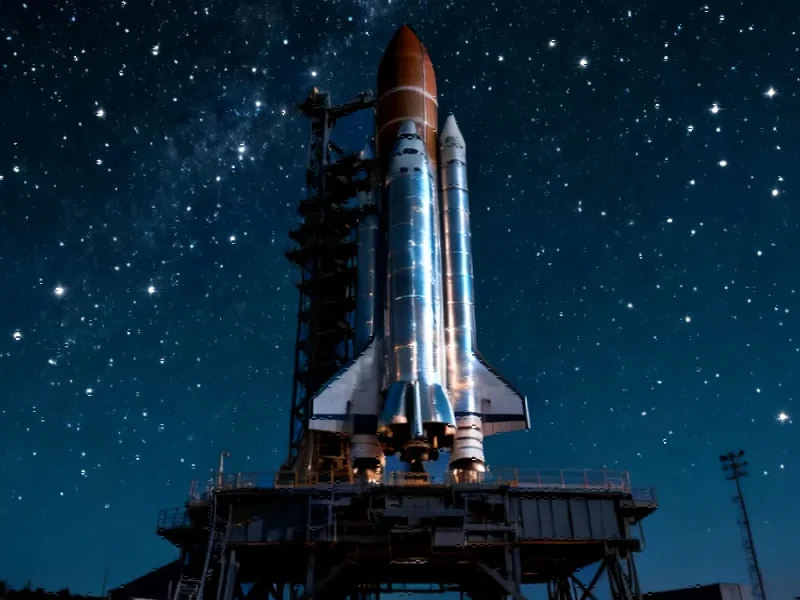SpaceX Reaches Starlink Launch Milestone
SpaceX has reportedly launched its 10,000th Starlink satellite into orbit, according to industry reports, marking a significant milestone in the company’s effort to dominate the satellite broadband market. The latest Falcon 9 mission carried 28 new satellites to orbit, bringing the total number launched to just over 10,000 since the program’s inception in 2019.
Sources indicate that while the launch total has surpassed five figures, the current operational constellation consists of approximately 8,500 satellites due to older models being deliberately deorbited. This careful management of satellite lifespan demonstrates SpaceX’s commitment to responsible space operations amid growing concerns about orbital debris.
Global Broadband Network Expansion
Analysts suggest Starlink has become the most extensive satellite constellation broadband network by a significant margin, with the nearest competitors reportedly operating fewer than 100 satellites each. The service now reaches over 7 million customers worldwide as of fall 2025, with availability in most regions except Russia, China, and select countries in Africa and South America.
The report states that Starlink has played crucial roles in both civilian and military applications, from providing rural communities with high-speed internet to maintaining Ukraine’s connectivity during conflict. This expansion comes amid broader global internet resilience testing and development.
Accelerated Launch Cadence and Future Plans
SpaceX’s launch operations have reportedly accelerated dramatically, with this latest mission representing the 132nd Falcon 9 launch this year alone. The company’s ambitious expansion plans call for growing the constellation to 12,000 satellites initially, with potential for more than 34,000 in the long term, according to the analysis.
The deployment pace is expected to increase significantly once SpaceX’s Starship vehicle becomes fully operational. Sources indicate that Starship has already demonstrated dummy Starlink satellite deployment during sub-orbital test flights, suggesting the company is preparing for mass deployments that could transform market trends in satellite communications.
Growing International Competition
While SpaceX currently dominates the satellite broadband sector, multiple nations are developing competing systems. The European Union is reportedly investigating its own constellation network, while Russia has planned tests for 2027 and China’s Guowang network continues steady expansion.
This increased activity in space-based internet infrastructure reflects broader industry developments in connectivity solutions. As these competing systems develop, analysts suggest we may see significant advancements in related innovations across the telecommunications sector.
The Future of Satellite Broadband
The successful deployment of 10,000 Starlink satellites represents a watershed moment for recent technology in space-based communications. What began as an unproven concept in 2019 has evolved into a critical global infrastructure component serving millions of users.
As SpaceX continues to refine its technology and expand its constellation, the company appears positioned to maintain its leadership position in the rapidly evolving satellite broadband market. However, with international competition heating up and regulatory landscapes shifting, the future of space-based internet remains a dynamic and closely watched sector of recent technology development.
This article aggregates information from publicly available sources. All trademarks and copyrights belong to their respective owners.
Note: Featured image is for illustrative purposes only and does not represent any specific product, service, or entity mentioned in this article.



